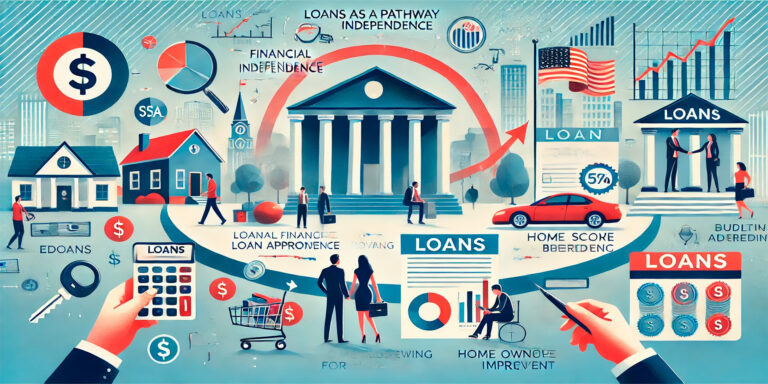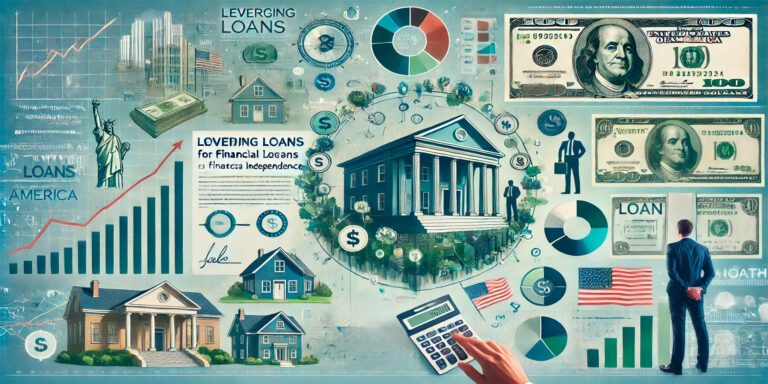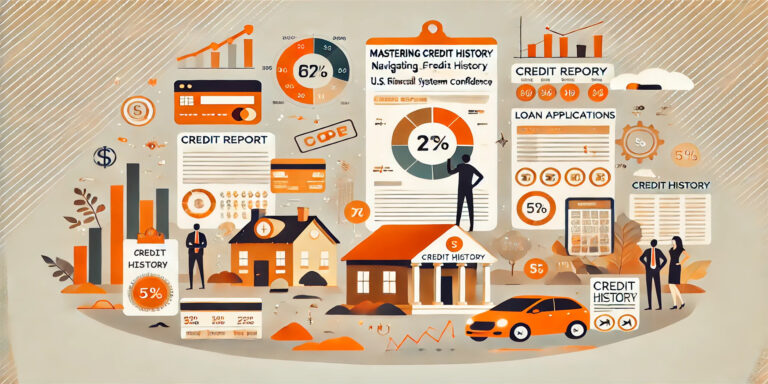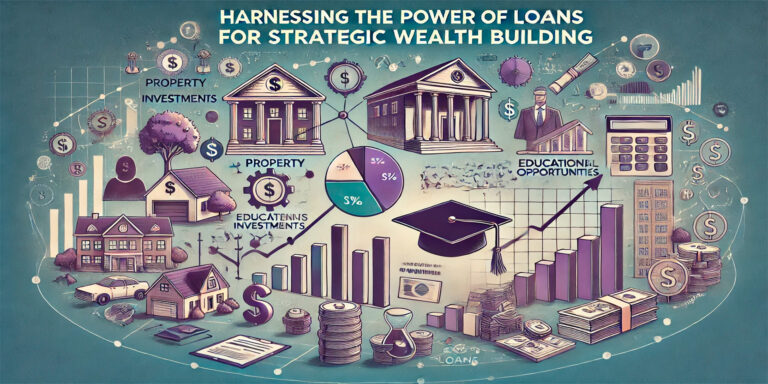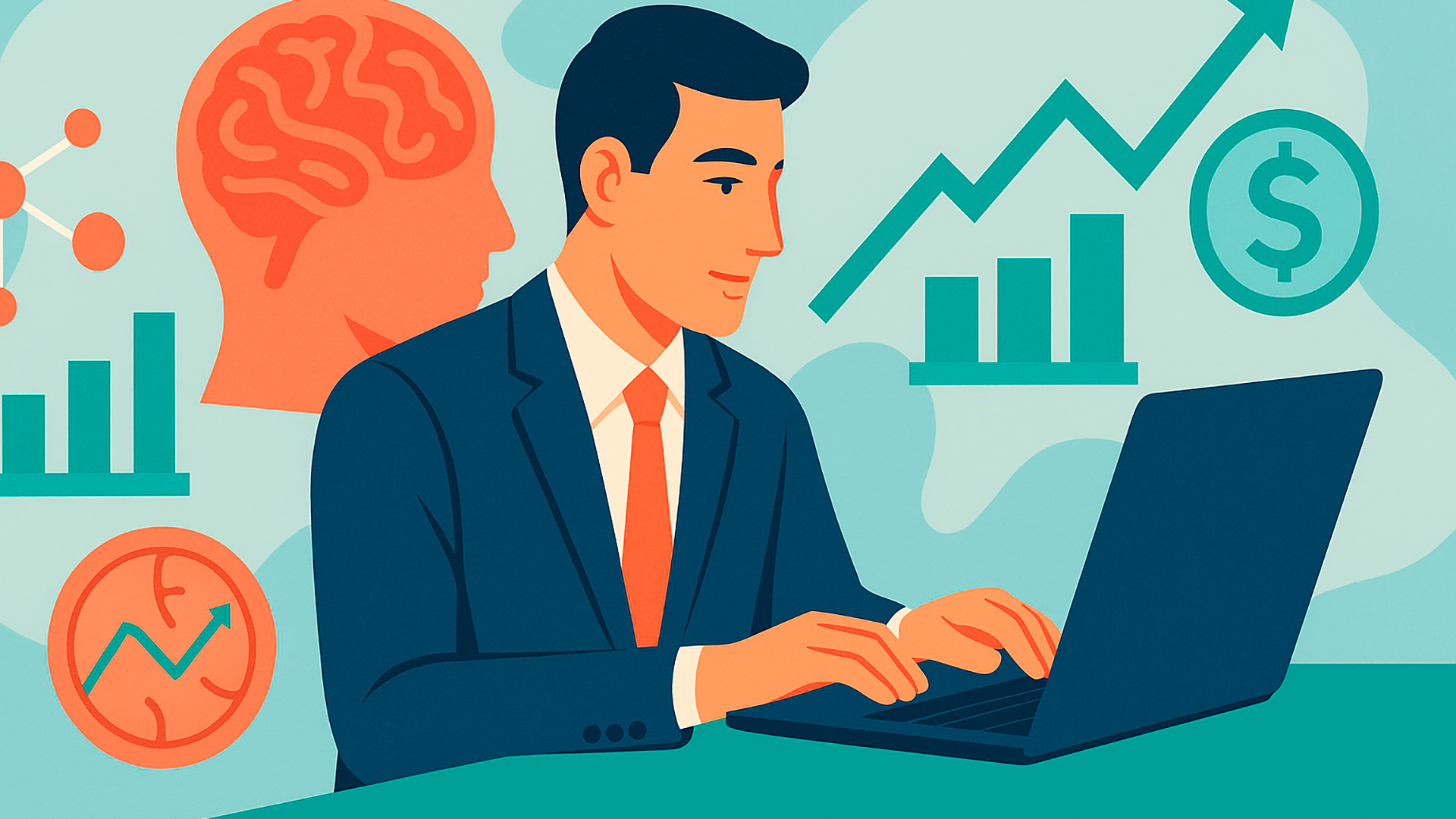
Modern finance is no longer just about statistics and interest rates — it’s about people. The way individuals think, act, and feel about money is now being studied as closely as their credit histories. This shift has given rise to something new: expert credit intervention. It’s a sophisticated blend of behavioral science and financial analytics designed to help people not only qualify for better credit but also sustain healthy financial habits. In other words, it’s not just fixing the numbers — it’s fixing the mindset behind them.
From Data to Understanding: How Credit Intervention Has Evolved
In the past, lenders and credit specialists focused almost entirely on quantitative data. Credit scores, payment histories, debt-to-income ratios — these were seen as absolute indicators of financial reliability. Yet real life isn’t that simple. A missed payment might reflect a temporary setback, not irresponsibility. A sudden credit drop could come from stress or emotional fatigue, not bad planning. That’s where expert credit intervention comes in: it adds human context to financial data, bridging numbers with psychology.
Financial institutions and credit restoration firms have begun using behavioral analytics — data that tracks spending patterns, emotional triggers, and decision-making habits — to predict risks and guide clients more effectively. This holistic approach doesn’t just restore credit; it rebuilds confidence and long-term financial discipline.
The Behavioral Science Behind Smart Credit Repair
Behavioral science explores why people make certain financial choices, even when those choices seem irrational. Researchers have identified patterns that explain overspending, late payments, and even avoidance of financial discussions. Understanding these behaviors allows experts to design personalized strategies for change.
Three Behavioral Principles That Shape Credit Decisions
- Loss aversion: People feel the pain of losing money twice as strongly as the pleasure of gaining it. This can lead to hesitation in paying down debt or taking strategic financial risks.
- Present bias: Individuals often prioritize short-term comfort over long-term benefits — like choosing a vacation over paying off a credit card balance.
- Decision fatigue: When faced with too many financial choices, people tend to default to inaction, leading to missed payments or poor budgeting.
By addressing these tendencies, expert credit intervention turns abstract data into actionable insight. Instead of telling clients what to do, it helps them understand why they behave the way they do — and how to reprogram those habits.
How Financial Analytics Amplifies Human Understanding
Behavioral insights alone aren’t enough. They need to be backed by analytics — precise, data-driven tracking that quantifies progress. Financial analytics provides this structure, turning human tendencies into measurable outcomes. When paired with behavioral science, it creates a feedback loop that continuously improves decision-making.
| Tool or Method | Purpose | Outcome |
|---|---|---|
| Spending pattern analysis | Identifies emotional spending triggers | Helps reduce impulsive purchases |
| AI-driven credit simulations | Shows how specific actions affect future scores | Improves motivation and accountability |
| Psychometric risk assessment | Evaluates emotional response to debt | Predicts likelihood of financial relapse |
| Customized repayment models | Aligns payment schedules with income flow | Boosts consistency and credit growth |
In essence, expert credit intervention doesn’t just fix numbers — it uses numbers to change behavior. It’s a partnership between human intuition and technological precision.
When Algorithms Learn Empathy
One of the most exciting developments in financial technology is the use of machine learning models that can interpret human behavior. These systems are trained not only on financial data but also on emotional indicators like spending frequency during stress periods or saving habits tied to mood. This crossover between neuroscience and finance — sometimes called neuroeconomics — is making lending smarter and fairer.
For example, an AI-based intervention might detect that a borrower consistently makes late payments at the end of the month, when their account balance runs low. Instead of labeling them “high risk,” the system can suggest shifting payment dates or offering flexible due dates. It’s a small change with major impact — and a reminder that financial intelligence works best when it understands human life rhythms.
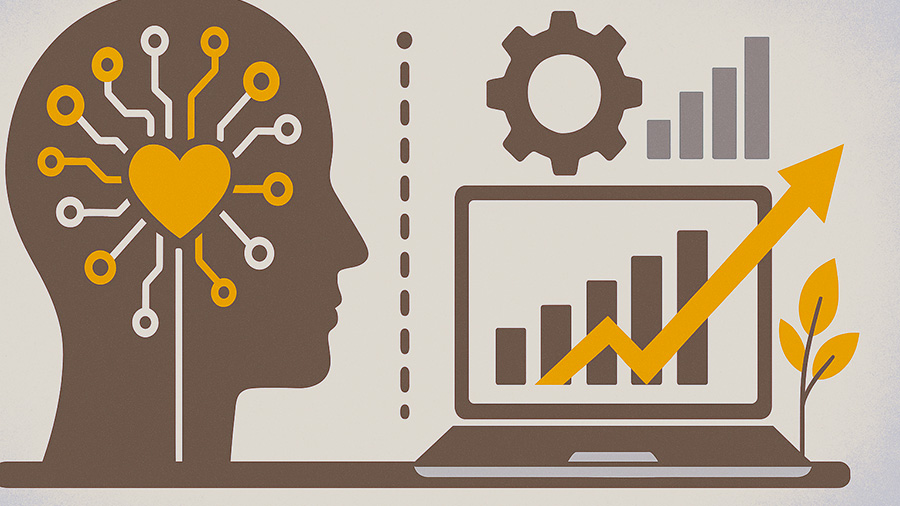
Building a Personalized Path: What Modern Credit Intervention Looks Like
Today’s expert credit intervention doesn’t rely on one-size-fits-all solutions. It integrates coaching, digital tracking, and real-time data interpretation into a single plan. The process often includes several stages:
- Behavioral mapping: Identifying emotional and cognitive patterns that lead to poor credit behavior.
- Data synchronization: Collecting spending and payment history across accounts to visualize patterns.
- Goal setting: Aligning debt payoff and savings targets with life priorities such as family, housing, or career growth.
- Intervention phase: Introducing micro-adjustments like automatic payments, spending caps, and feedback notifications.
- Continuous learning: Using AI-driven insights to refine strategies over time based on changing habits.
This structure blends empathy with analytics — two ingredients essential for sustainable credit recovery. When people see how their behaviors influence outcomes in real time, they take ownership of their progress.
Comparing Traditional vs. Modern Credit Intervention
| Aspect | Traditional Credit Repair | Expert Credit Intervention |
|---|---|---|
| Focus | Removing negative marks from reports | Understanding and changing financial behavior |
| Approach | Reactive — fix issues after they occur | Proactive — prevent future credit damage |
| Tools Used | Manual disputes and score monitoring | AI analytics, behavioral mapping, coaching |
| Results | Short-term score improvement | Long-term stability and financial growth |
Traditional methods often treat symptoms; modern methods address causes. That’s what makes expert credit intervention a long-term solution rather than a quick fix. The goal isn’t just to raise a score temporarily but to build sustainable financial confidence.
The Human Side of Predictive Analytics
Predictive analytics can forecast the likelihood of missed payments or future defaults, but it also opens the door to compassion-based financial planning. By understanding behavioral risk, lenders can offer early support — flexible repayment plans, coaching, or financial literacy resources — instead of penalties. This shift benefits both sides: consumers get guidance, and lenders reduce loss risks.
How Consumers Benefit
- More personalized loan offers based on behavior, not just credit scores.
- Reduced anxiety through automated reminders and realistic budgeting support.
- Better understanding of how emotional decisions affect credit performance.
Ultimately, expert credit intervention humanizes finance. It doesn’t punish mistakes — it learns from them.
Challenges and Ethical Considerations
Of course, merging behavioral science with analytics raises ethical questions. How much personal data is too much? Can predictive models cross the line into manipulation? Responsible innovation means transparency. Consumers must know what data is collected, how it’s used, and what decisions it influences. The best systems are designed around empowerment, not control.
Another challenge is accessibility. Advanced credit intervention tools often start at corporate or high-income levels. Expanding them to mainstream consumers — especially those already in financial distress — will define the next wave of progress in this field.
The Next Era of Credit Understanding
The future of expert credit intervention lies in empathy enhanced by technology. Financial success isn’t just a matter of paying on time; it’s about understanding why we spend, how we react, and what motivates us to stay disciplined. As behavioral science and analytics continue to merge, credit systems will become less punitive and more personal. The smartest lenders — and the most successful borrowers — will be those who see credit not just as a score, but as a story. And in that story, human behavior will always be the main character.


